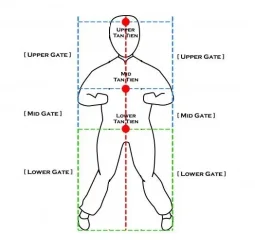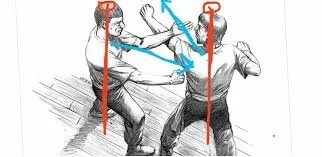Highlander
Green Belt
What are some "little ideas" you like to think about when practicing this form?
-No thoughts at all, moving meditation
-keep stance low, body straight
-Body weight behind all movements
-Heavy elbows, relaxed shoulders
-Breathe
-No thoughts at all, moving meditation
-keep stance low, body straight
-Body weight behind all movements
-Heavy elbows, relaxed shoulders
-Breathe
Last edited:


